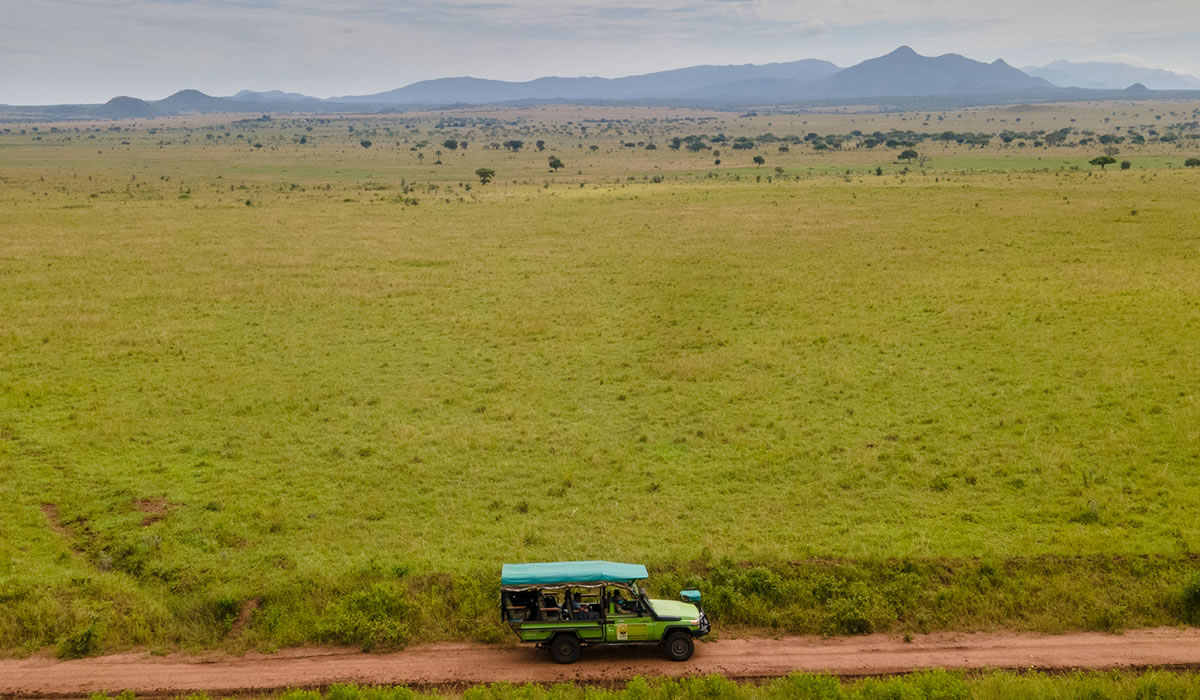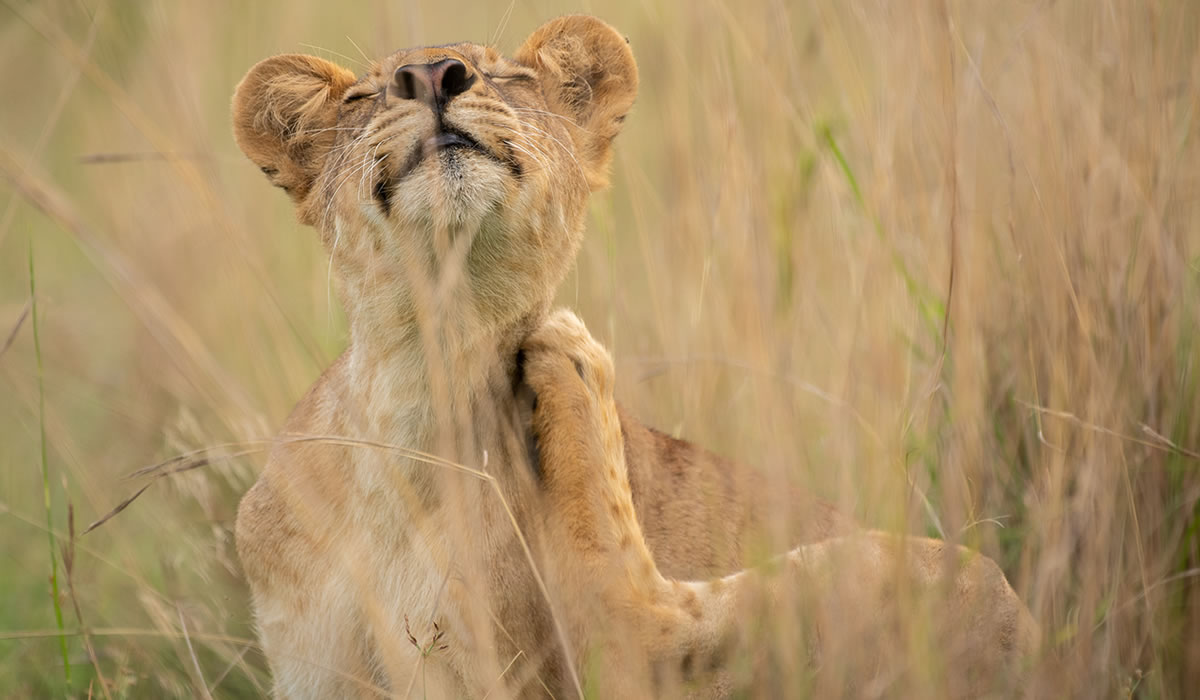When planning a safari or adventure holiday to Uganda, understanding the country’s weather patterns can…
If you’re planning an adventure to the Pearl of Africa, there are a few things you need to know before visiting Uganda. At Verdant Safaris, we believe that the more prepared you are, the richer your travel experience will be. Uganda is a land of breathtaking landscapes, incredible wildlife, diverse cultures, and warm-hearted people. From gorilla trekking in Bwindi to boat cruises on the Nile and safari drives in Queen Elizabeth National Park, Uganda offers an unmatched variety of experiences. This guide shares the top 10 things you should know before visiting Uganda, especially if you’re coming for the first time. Whether you’re a wildlife enthusiast, cultural explorer or simply in search of unspoiled beauty, this article will help you make the most of your trip.
-
Uganda Visa and Entry Requirements
One of the most important things to know before visiting Uganda is that most international travelers need a visa to enter the country. Uganda offers an e-visa system that allows tourists to apply online before arrival. You can apply for a single-entry Uganda Tourist Visa, or if you’re visiting neighboring countries, opt for the East Africa Tourist Visa which allows multiple entries into Uganda, Kenya, and Rwanda.
In addition to a visa, a Yellow Fever Vaccination Certificate is mandatory for all travelers entering Uganda. It is advisable to carry printed copies of your visa approval, passport, return flight ticket, hotel reservations, and travel insurance.
-
The Best Time to Visit Uganda
Uganda can be visited year-round, but the dry seasons are generally the best times for safaris and trekking. The dry months fall between December to February and June to August. These periods offer clearer skies and better wildlife viewing as animals gather around water sources.
However, the wet seasons [March to May and September to November] still have their perks, including lush green scenery and fewer tourists. At Verdant Safaris, we operate all year and can tailor experiences to suit your timing and travel goals.
-
Uganda Is a Top Destination for Gorilla Trekking
One of Uganda’s biggest attractions is mountain gorilla trekking, an experience that draws thousands of travelers each year. The best place to see these majestic primates is Bwindi Impenetrable National Park, home to half of the world’s remaining mountain gorillas. Gorilla trekking permits must be booked in advance through the Uganda Wildlife Authority or through licensed tour operators like Verdant Safaris. Each permit costs USD 700 for foreign non-residents and USD 600 for foreign residents.
Treks can last from 2 to 8 hours depending on where the gorillas are located, so you’ll need to be reasonably fit and prepared for a muddy, steep adventure. The reward, however, is an awe-inspiring hour spent observing gorillas in their natural habitat.
-
Uganda Is Safe, Friendly and Welcoming
Safety is often a concern for travelers visiting a new country, but Uganda is generally considered safe for tourists. Ugandans are incredibly friendly, polite and eager to share their culture. In most regions, especially tourist areas like Entebbe, Jinja, Fort Portal and national parks, visitors are warmly welcomed.
However, it’s still wise to exercise normal precautions. Avoid walking alone at night in urban areas, use registered tour operators like Verdant Safaris, and keep your valuables secure. Also, respect local laws and customs, and always ask for permission before taking someone’s photo.
-
Cultural Diversity and Etiquette Matter
Uganda is home to over 50 ethnic groups and languages, which makes it one of the most culturally diverse countries in Africa. The most widely spoken local language is Luganda, although English and Swahili are official languages and widely understood.
Ugandans value courtesy and respect, so polite greetings go a long way. Dress modestly, especially in rural and religious areas, and avoid public displays of affection. When visiting someone’s home or a traditional village, it’s respectful to remove your shoes and accept food or drink offerings when offered.
-
Ugandan Currency and Payments
The local currency is the Ugandan Shilling (UGX). Credit cards are accepted in some hotels, restaurants and large supermarkets, but cash is king in most places. ATMs are widely available in major towns and cities, and it’s best to carry some cash, especially in remote areas.
Bring new US dollar bills, preferably printed after 2009 and in good condition, as older or damaged notes may not be accepted. Tipping is appreciated though not mandatory. In restaurants, 5–10 percent is customary. On safaris or treks, tipping guides, porters and drivers is a common practice.
-
Health and Medical Precautions
Before visiting Uganda, it’s essential to consult your doctor or a travel health clinic. As mentioned earlier, a Yellow Fever vaccination is required for entry. Other recommended vaccinations include Hepatitis A, Typhoid, and Tetanus.
Uganda is a malaria-prone country, so bring mosquito repellent, wear long sleeves in the evening and consider taking anti-malarial medication. Drink bottled or filtered water, and avoid consuming street food if you have a sensitive stomach.
Travel insurance that covers medical emergencies and evacuation is highly recommended. In case of illness, there are good medical facilities in Kampala and Entebbe, and private clinics in major towns.
-
What to Wear and Pack for Your Uganda Trip
Uganda’s climate is generally warm and pleasant, but can vary with altitude and region. Light, breathable clothing is ideal for daytime, while warmer layers are needed for mornings and evenings, especially in highland areas like Bwindi or Kabale.
If you’re going on safari or gorilla trekking, you’ll need long trousers, long-sleeved shirts, waterproof boots, and a rain jacket. Neutral colors like green, khaki and brown are preferred for wildlife viewing. Don’t forget sunscreen, sunglasses, insect repellent, and a wide-brimmed hat. A good pair of binoculars and a camera with extra batteries will enhance your experience.
-
Getting Around Uganda
Uganda has a developing transport system, and getting around can be part of the adventure. For long distances, private guided tours are the most comfortable and reliable way to travel. At Verdant Safaris, we offer 4×4 safari vehicles with professional guides to take you safely to national parks and hidden gems.
Public transport options like matatus (minibuses) and boda-bodas (motorcycle taxis) are cheap but can be chaotic and unsafe for tourists unfamiliar with the system. Domestic flights are available to major safari destinations like Kidepo Valley, Bwindi and Murchison Falls, and can save you time if you’re on a tight schedule.
-
Uganda Offers Much More Than Just Safaris
While Uganda is famous for its gorillas and safaris, there’s much more to explore. You can raft the Nile River in Jinja, hike the Rwenzori Mountains, go birdwatching in Mabamba Swamp, relax at Lake Bunyonyi, or take a cultural tour through traditional kingdoms like Buganda, Tooro and Bunyoro.
Cities like Kampala and Entebbe offer vibrant markets, museums and nightlife, while national parks such as Lake Mburo, Murchison Falls, and Kidepo Valley provide world-class wildlife experiences. Uganda truly caters to all types of travelers, from luxury seekers to backpackers and adventure lovers.
At Verdant Safaris, we pride ourselves on crafting meaningful, responsible and personalised travel experiences throughout Uganda. Whether you’re coming for the gorillas, the landscapes, the culture, or all of the above, knowing what to expect before your trip can help you prepare better and travel more mindfully.
These top 10 things you need to know before visiting Uganda are just the beginning. Once you arrive, you’ll discover that Uganda is not just a destination, it’s a heartfelt experience that will stay with you forever. Let us help you plan your journey to the Pearl of Africa and turn your travel dreams into reality.



